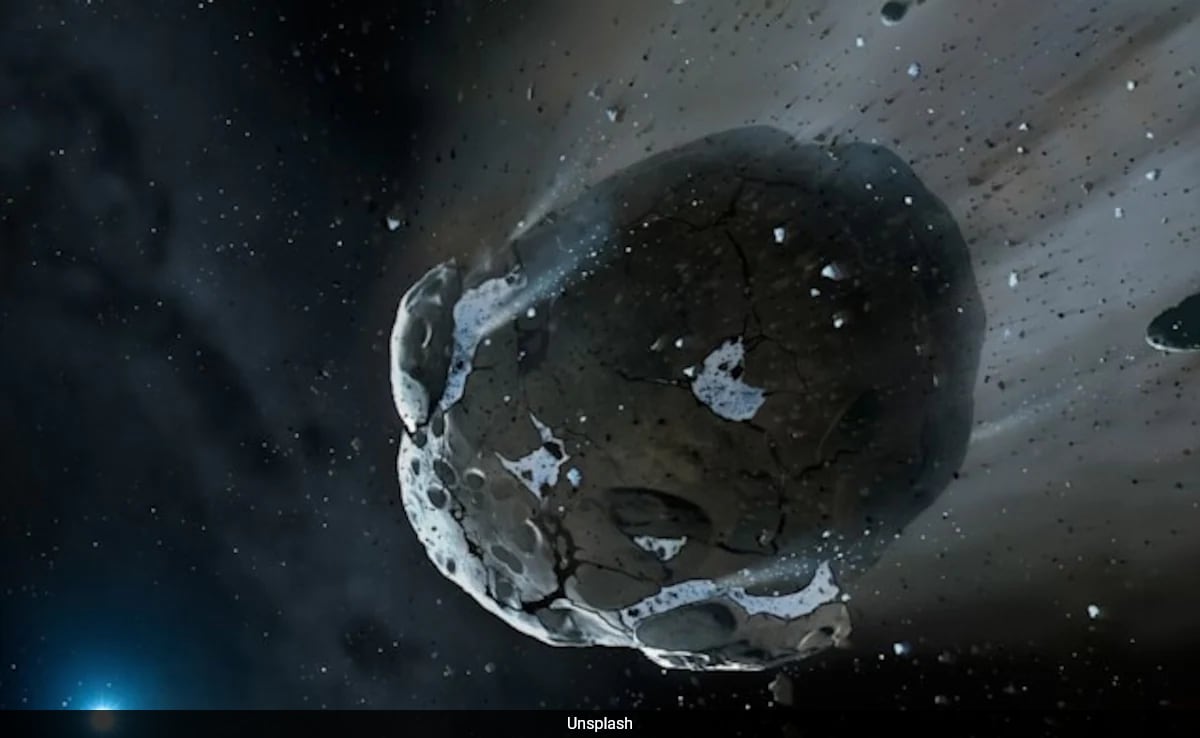
A recent study, not yet peer-reviewed, suggests that more than 1 million interstellar objects, each comparable in size to the Statue of Liberty, are wandering undetected in the outer regions of our solar system. While these cosmic wanderers are unlikely to approach Earth closely, they have likely originated from our nearest stellar neighbors and may have been captured from different star systems due to gravitational pull.
This research, available on arXiv, involved simulations that estimated the quantity of interstellar material propelled toward us from Alpha Centauri, our closest star system. The findings revealed that there are over 1 million macroscopic objects, each larger than 100 meters, silently traversing the outskirts of our cosmic neighborhood.
Interestingly, the entire Alpha Centauri system is advancing towards us at a brisk speed and is projected to reach its nearest approach to the Sun in approximately 28,000 years. Researchers indicate that the influx of extraterrestrial objects into our solar system will significantly increase at that time.
One famous case of an interstellar visitor was ‘Oumuamua,’ identified in 2017. This was the first recognized object to enter our solar system from interstellar space, sparking a quest among scientists to discover more such travelers. This led to the identification of Comet Borisov in 2019, another visitor from beyond our solar system.
Also Read | Student In China Sets Dorm On Fire Trying To Hide ‘Inflatable Girlfriend’
Asteroid 2024 YR4
As unidentified interstellar objects drift through space, scientists are closely monitoring Asteroid 2024 YR4, which has seen a significant increase in its likelihood of colliding with Earth. First detected in late December by researchers at the NASA-funded Asteroid Terrestrial-impact Last Alert System station in Chile, the asteroid was initially assessed to have a 1.3 percent chance of impact. Within just a week, that risk nearly doubled to 2.3 percent.
This asteroid, measuring approximately 130 to 300 feet across, may not pose a threat of global catastrophe upon impact, but it could cause substantial damage to a major city.
Scientists note that various objects have previously been placed on collision risk lists only to be removed later as new data emerged. Ongoing observations may lead to a reassessment of this asteroid’s threat level as additional information is gathered.









